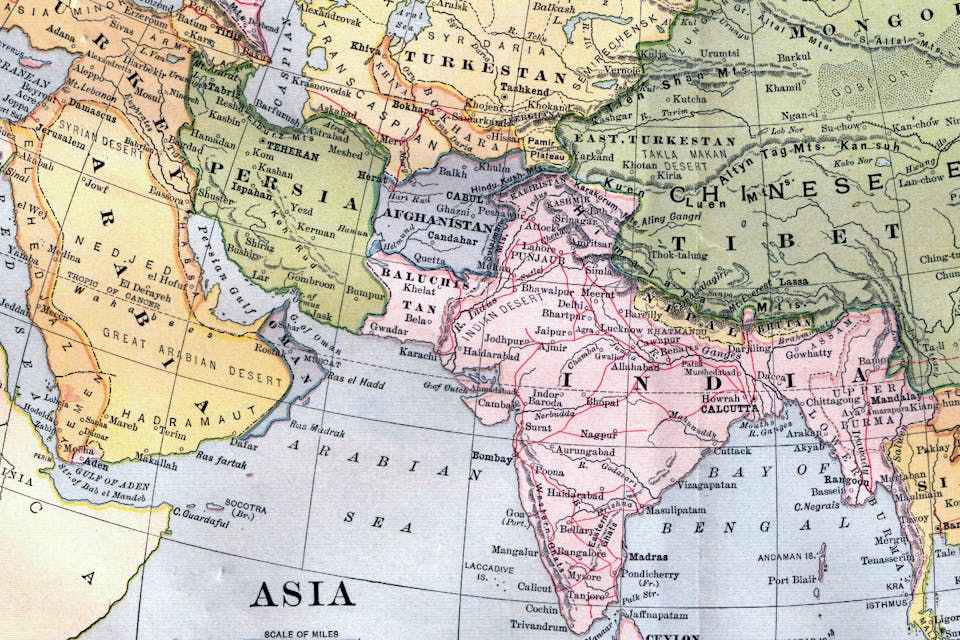
August 24, 2017
Did King Solomon Trade with India?
By PhilologosOn the possible whereabouts of Ophir and Tarshish, and how to get there by ship from Palestine.
Got a question for Philologos? Ask him directly at philologos@mosaicmagazine.com.
Although one generally writes biographies of people, not of languages, the Iowa-born Hebrew University professor David Shulman chose to call his recently published book on the Tamil language Tamil: A Biography. Shulman, a world-renowned scholar of the Dravidian language family of southern India to which Tamil belongs, did so, as he says in the book’s preface, because “Everywhere one looks at language, at every point we touch it, we see movement, aliveness, and singular forms of self-expression.” Tamil: A Biography is the rare work by a professional linguist that is about a language’s personality, not just its formal mechanisms. Shulman is a lover of Tamil, and like a lover he expects us to be as fascinated by every aspect of his beloved as he is. But if one can manage to wade through a superabundance of detail (does one really have to know every shade of lipstick and shape of hairpin ever worn by a woman loved by an author?), there is much that is fascinating in what he has written.
One of the minor details about Tamil that caught my attention in Shulman’s book is the claim that it contributed at least one word to the Hebrew Bible. This is tukiyim, “peacocks,” which occurs in the first book of Kings. In Chapters 9 and 10 of 1Kings we read of an ambitious maritime enterprise conducted by King Solomon in partnership with Hiram, the Phoenician king of Tyre. In 9:26 we are told (as usual, I quote from the King James Version):